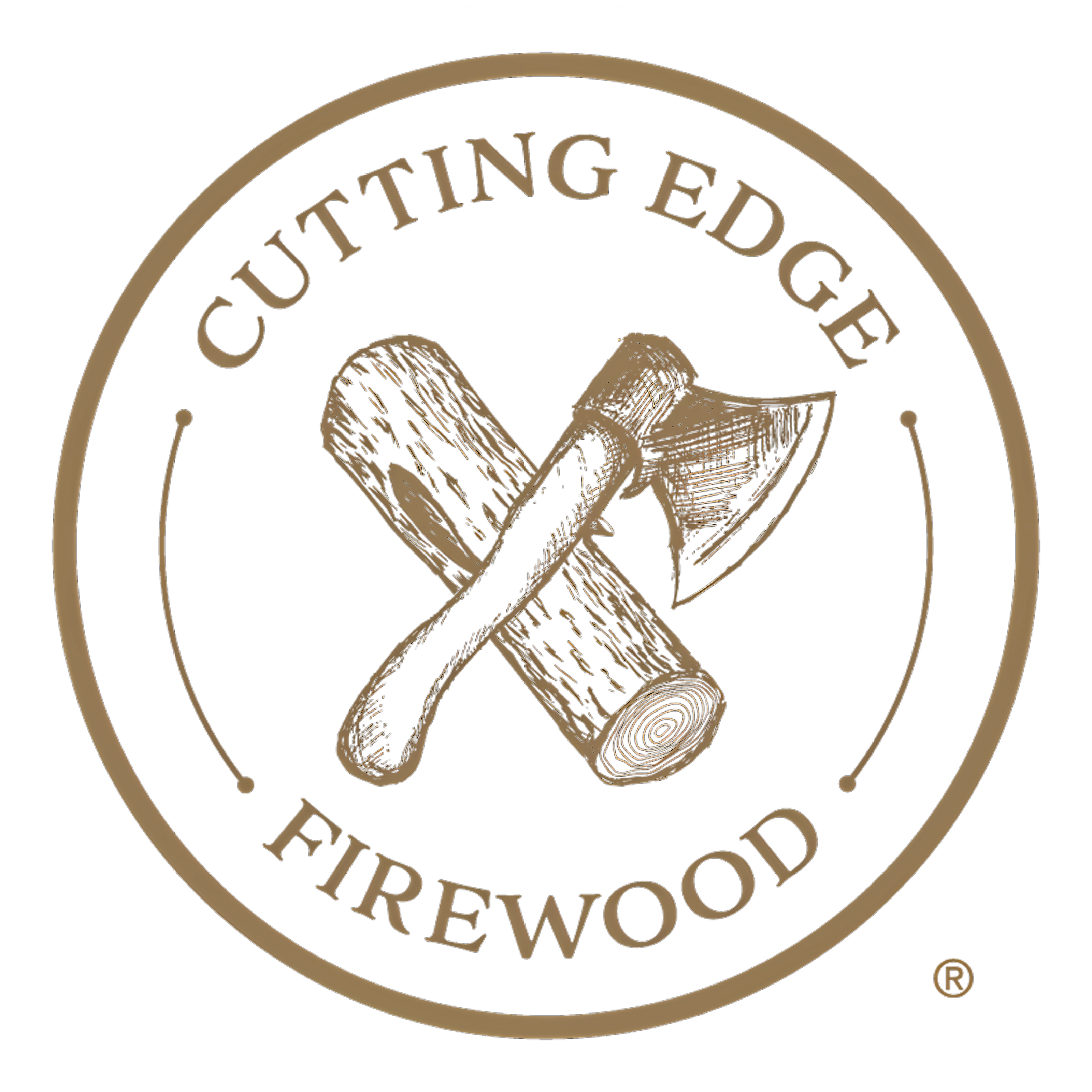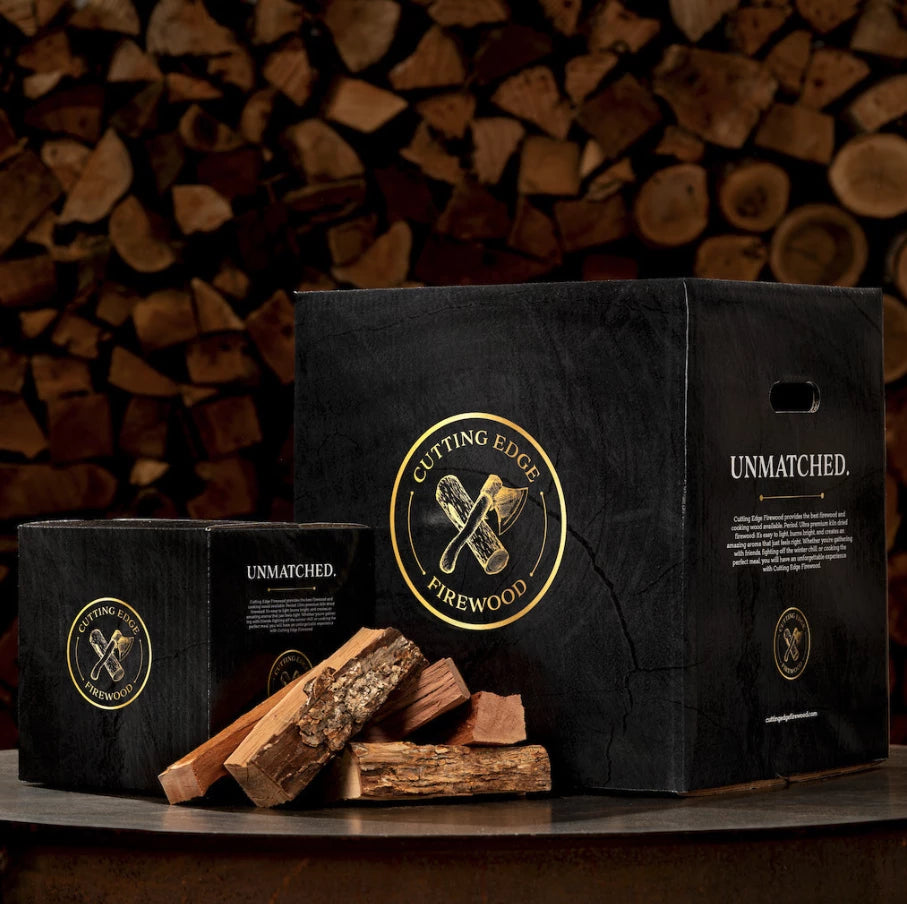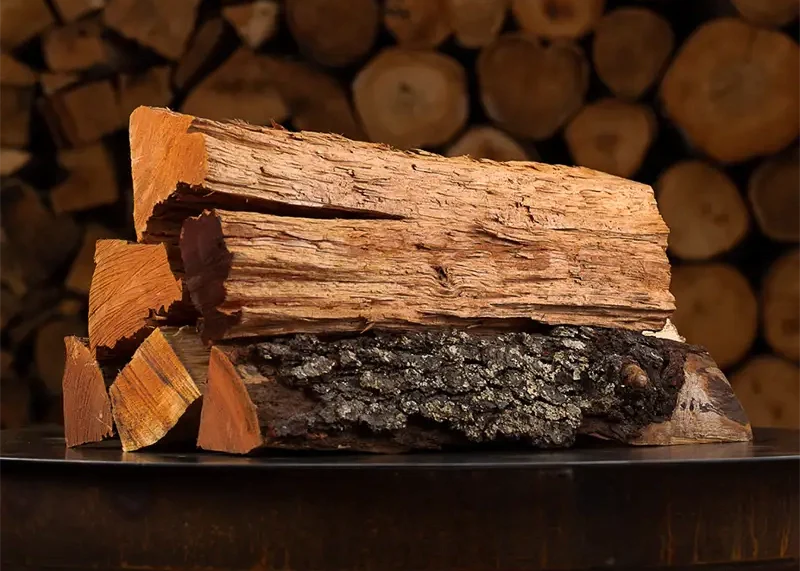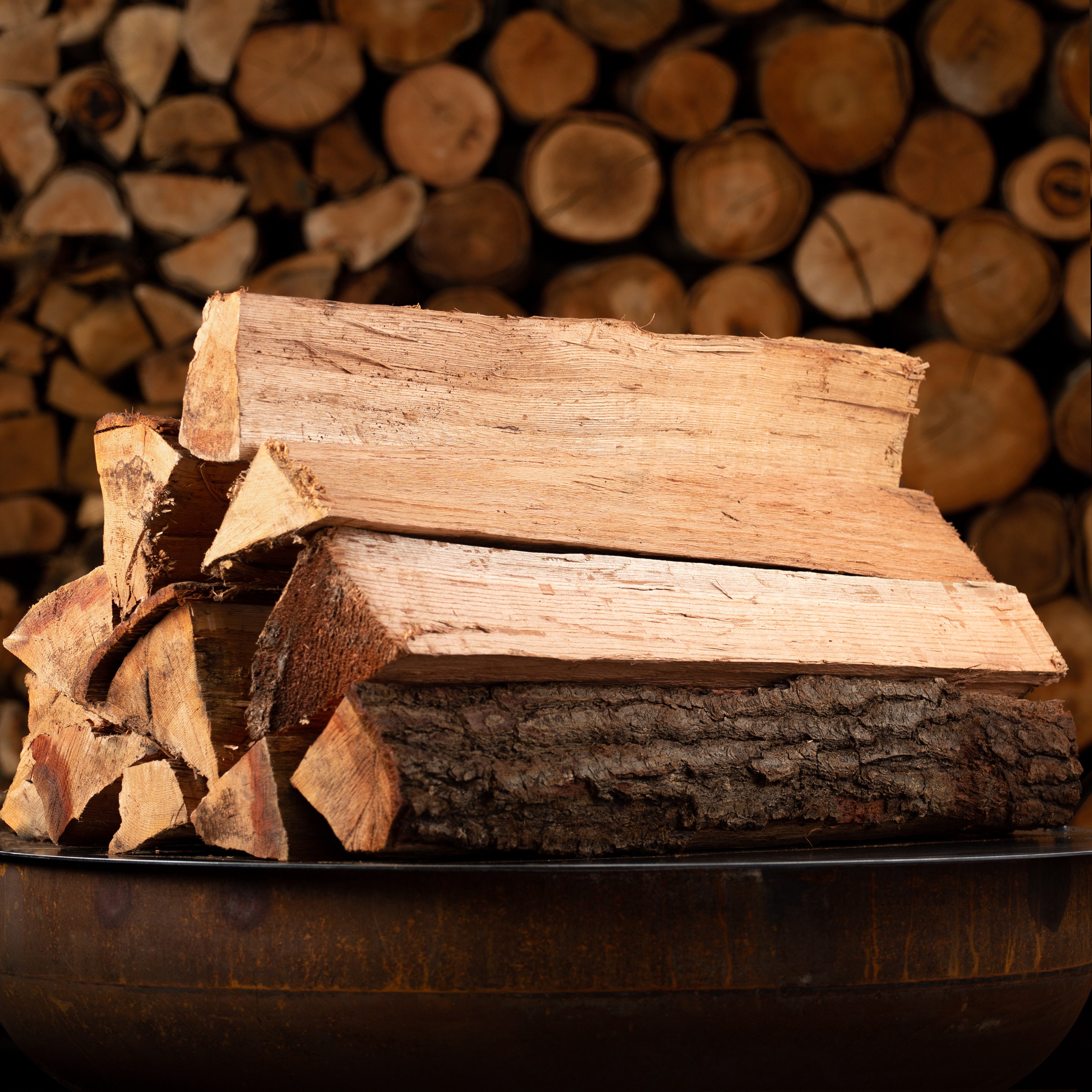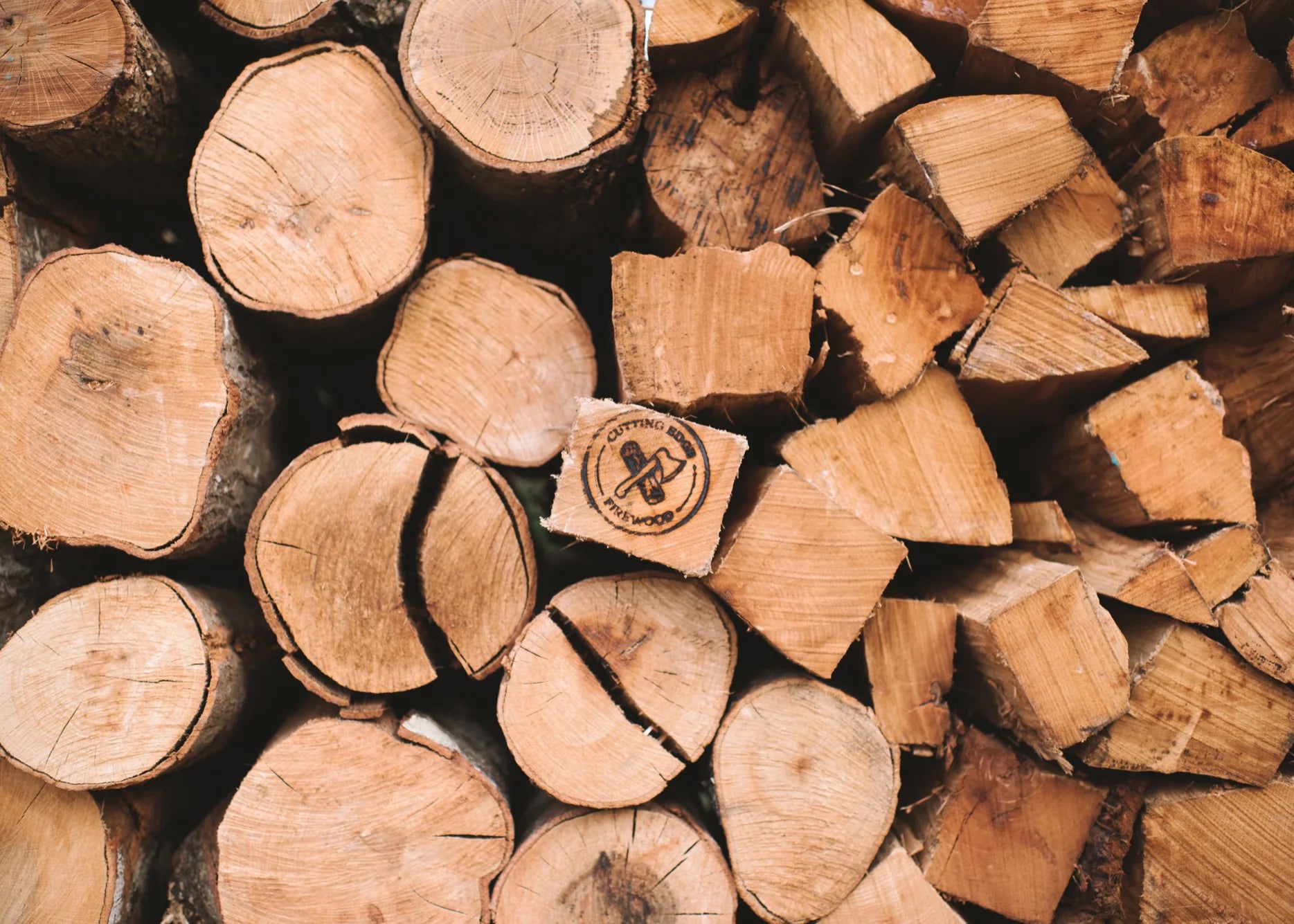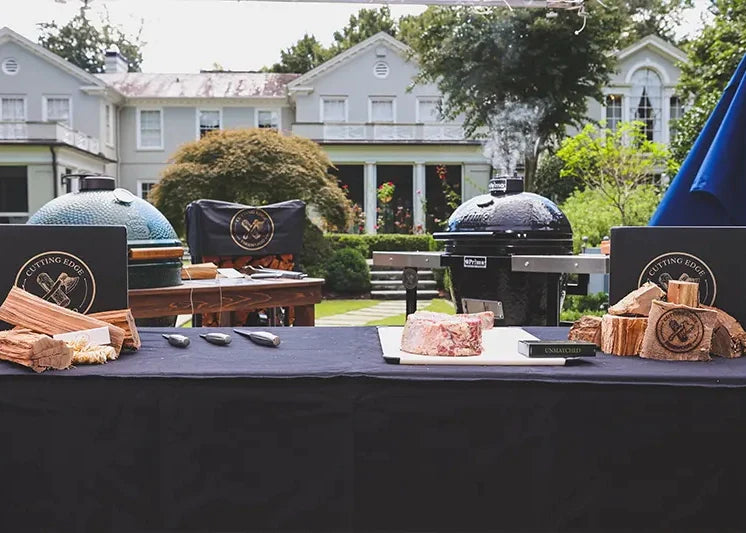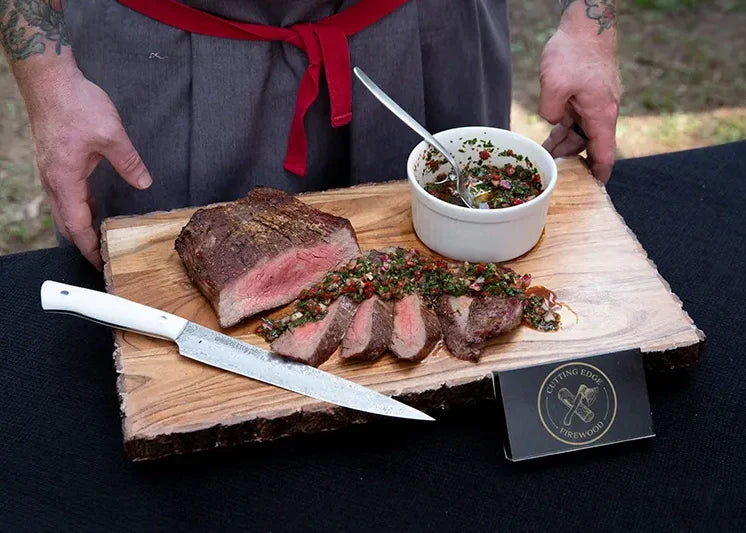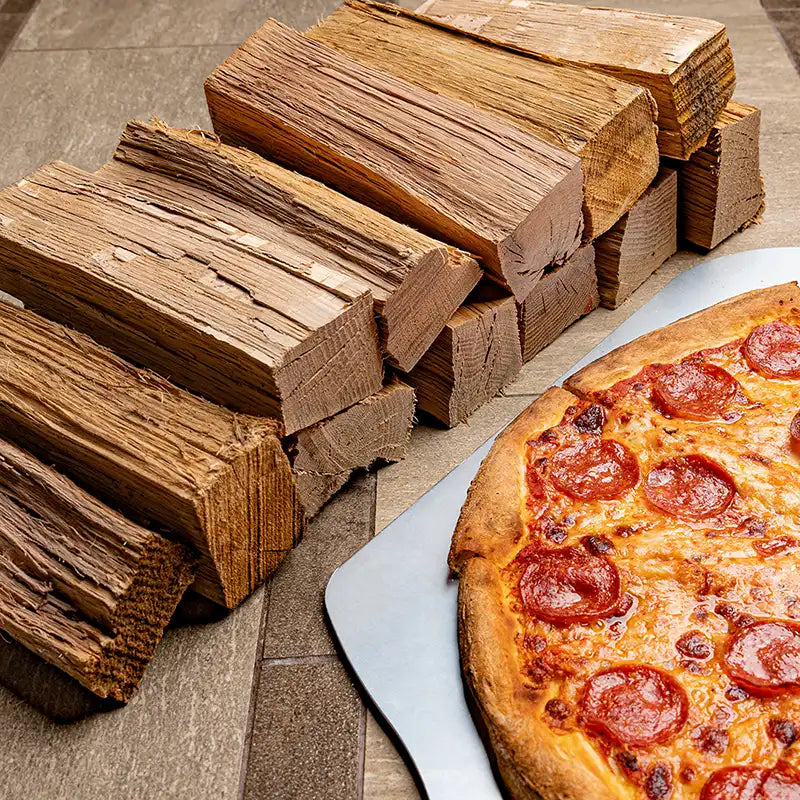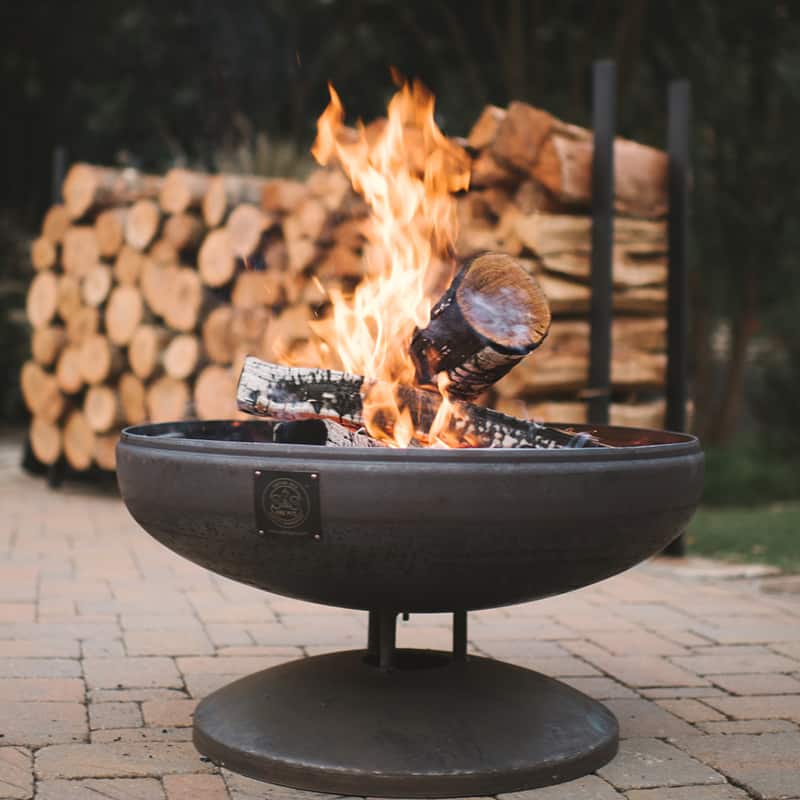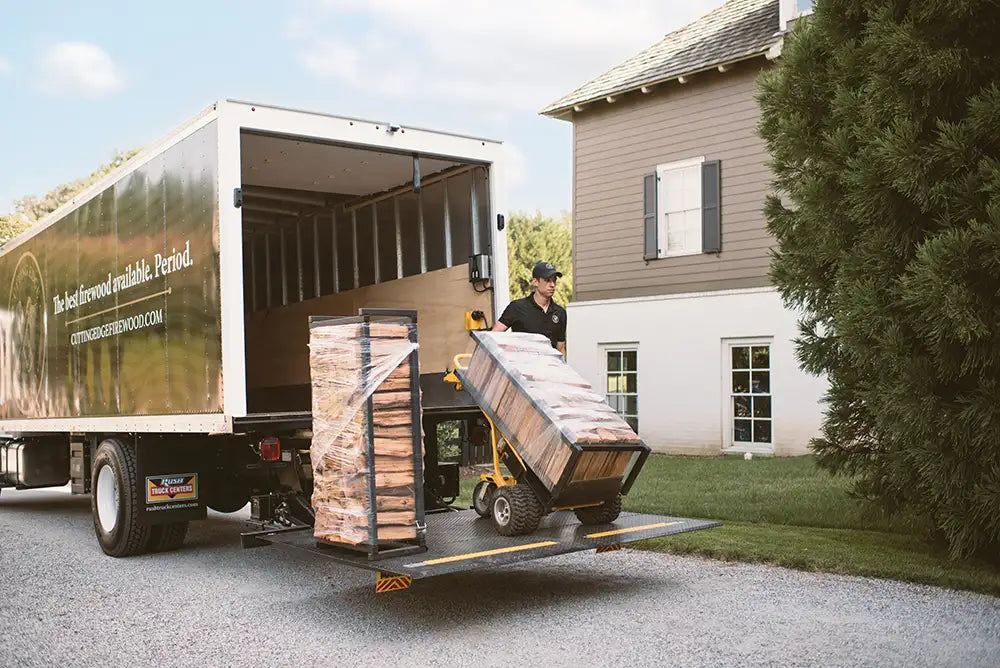When choosing charcoal for your grill or smoker, you generally have one of two options: lump or briquettes. Both types can offer more than enough heat to cook delicious foods, but they each have their own advantages and disadvantages. Some chefs prefer charcoal briquettes, whereas others prefer lump charcoal. To determine which type is right for your culinary activities, you must first explore the differences between them.
What Is Lump Charcoal?
The most common type of charcoal, lump charcoal consists nearly entirely of carbon. It's produced by burning wood in a controlled environment where there's little or no oxygen. As the wood burns down, it turns to charcoal, which is then cut and processed into a convenient and uniform size before being packaged and sold as ready-to-use lump charcoal.
Lump charcoal is distinguished from charcoal briquettes by its characteristically "lump" shape. As shown in the image above, each piece of lump charcoal consists of a lump-like shape, hence why it's called "lump charcoal."
What Are Charcoal Briquettes?
Charcoal briquettes, on the other hand, are made of sawdust and other wood byproducts held together with a binding agent. Like lump charcoal, charcoal briquettes are produced by burning the base wood material in a controlled environment. When the wood burns down, it leaves behind charcoal that can be packaged and sold as briquettes. The key difference between lump charcoal and charcoal briquettes, however, is that the former consists of raw wood, whereas the latter consists of wood byproducts held together with a binding agent.
While lump charcoal is thick and lumpy, charcoal briquettes are usually thinner and may or may not have a uniform shape. The photo below, for example, shows a pile of burning charcoal briquettes in the bottom of a fire pit. As you can see, the briquettes are thinner than lump charcoal, and they are available in a variety of shapes and sizes.

Benefits of Using Lump Charcoal
Lump charcoal tends to burn hotter than charcoal briquettes, making it ideal for grilling meats. Depending on the type of lump charcoal and the environmental conditions in which it's used, it may reach temperatures of up to 1,400 degrees Fahrenheit, whereas charcoal briquettes may only reach 1,000 degrees Fahrenheit.
You'll also discover that lump charcoal doesn't produce a lot of ash. It will still produce some ash after it has finished burning, but lump charcoal produces less ash than its briquette counterpart, allowing you to keep your grill or smoker a little cleaner.
In terms of lighting, lump charcoal is easier to light than charcoal briquettes. In many cases, all it takes is a single well-placed match to ignite and start lump charcoal.
Disadvantages of Using Lump Charcoal
Since it burns hotter than charcoal briquettes, lump charcoal has a shorter overall burn time. As a result, you may have to add more lump charcoal to your grill or smoker when using it to cook food.
In addition to a shorter burn time, lump charcoal costs more than charcoal briquettes. It's not a substantial price difference, but lump charcoal almost always costs more than charcoal briquettes.
Benefits of Using Charcoal Briquettes
While lump charcoal offers plenty of benefits, there are still reasons to consider using charcoal briquettes during your next cookout session. Because it burns at a lower temperature, for example, charcoal briquettes are ideal for smoking meat. If you use lump charcoal, you may overcook your meat, causing it to dry out. But charcoal briquettes burn at a lower temperature, allowing you to smoke meat more slowly.
Charcoal briquettes also burn longer than lump charcoal, so you won't have to continuously add new briquettes when using them to cook food. Depending on what you are cooking exactly, you may have to a second pile of charcoal briquettes. If you were to use lump charcoal, though, you'd probably have to add charcoal three or more times.
Disadvantages of Using Charcoal Briquettes
So, what are the disadvantages of using charcoal briquettes? For starters, it produces more ash than lump charcoal. If you're planning to cook or grill meat using only charcoal briquettes, you can expect a significant amount of ash to accumulate in the bottom of your grill or smoker
Charcoal briquettes also have a mild -- though still noticeable -- chemical flavor that can affect the flavor of your food. As previously mentioned, charcoal briquettes are held together with a binding agent. When this binding agent begins to burn, it releases chemical vapors that will rise into your food. Lump charcoal doesn't suffer from this problem, as it consists entirely of burned wood without a binding agent.
Find the best deals on premium smoking chunks by visiting our online store today. Cutting Edge Firewood offers a variety of high-quality smoking chunks, including white oak, hickory, cherry, pecan and whiskey, all of which will allow you to smoke delicious meat.
